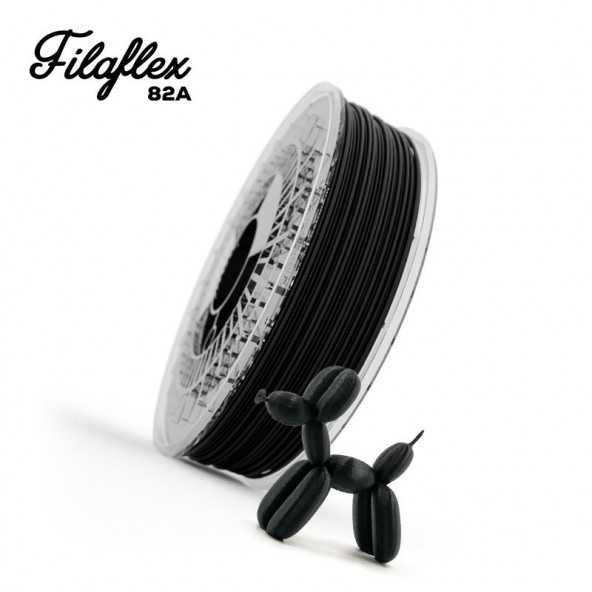Suyay, technology and innovation at the service of the health of children and adults with disabilities
We talked to Yusef Muñoz, director of Suyay, a 3D printing and technology company in the service of health that is dedicated to the development of technical solutions with 3D printing, such as prostheses or devices for disabled people. Yusef as a great lover of 3D printing, knew he wanted to dedicate to exploiting this technology when he saw he could help so many people without resources with it. Especially children and adults who lost their limbs in the midst of the armed conflict in Colombia. Now, with more than 400 printed prostheses using Filaflex, Yusef already has extensive know-how when it comes to manufacturing and designing this type of device. In this interview he tells us how he works, what are the most important aspects to take into account and why he uses our Filaflex flexible filament.
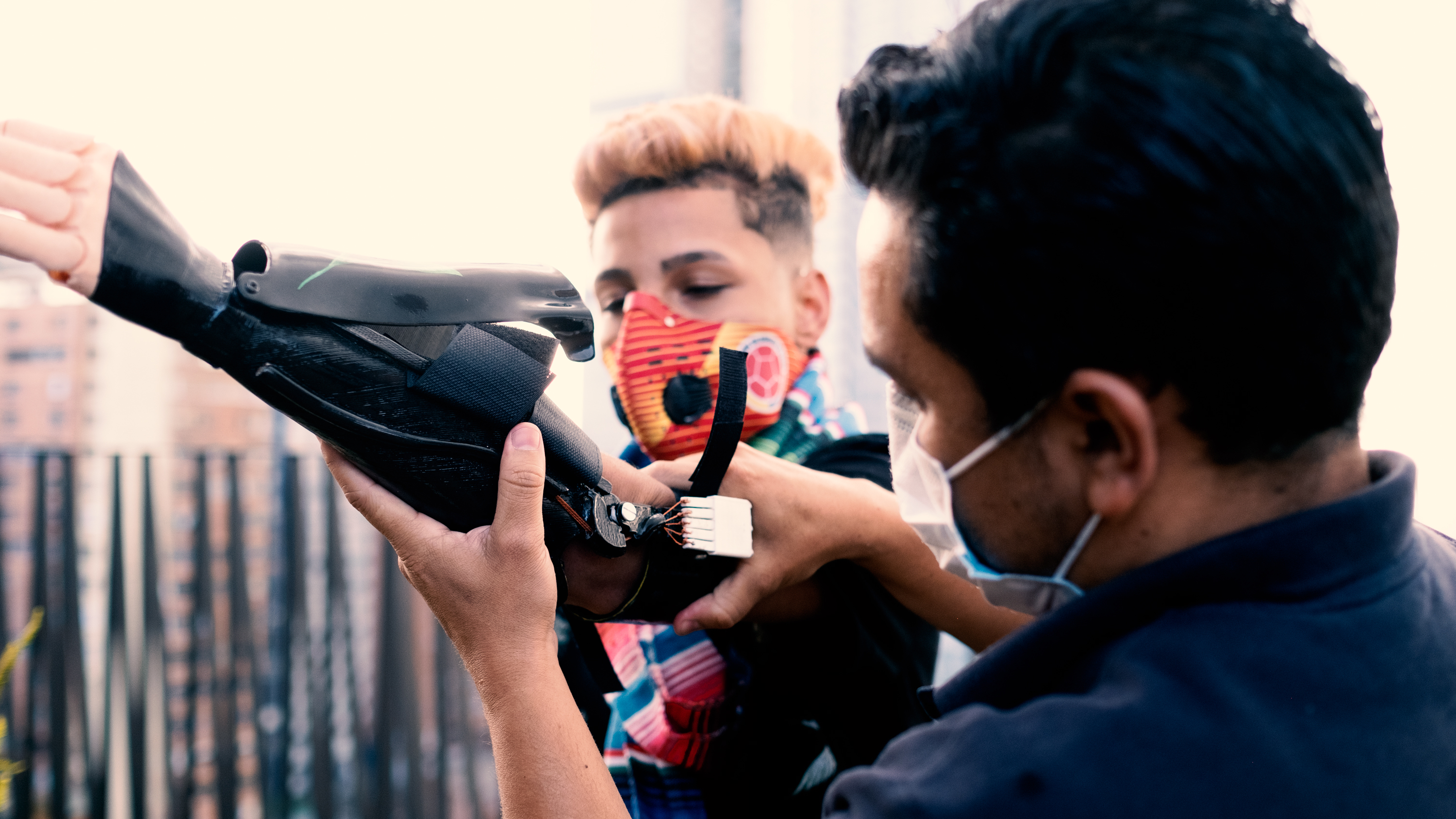
Can you introduce yourself and tell us how you started with 3D printing?
My name is Yusef Muñoz and I am the director of the Suyay corporation located in Bogotá, Colombia which is now also based in Seville, Spain. We are dedicated to the development of technical solutions for health focused especially for children and adults. I discovered 3D printing in 2012 and I knew that this technology was going to change my way of life and even that of other people. I learned how to build the printers and how to sell them. Later, I started to collaborate with some NGOs by donating my work and that is when I experienced the delivery of a prosthesis to a child. It was such a satisfaction to see how this small gesture had changed his life, both for him and his environment. That made me want to dedicate myself to it 100%.
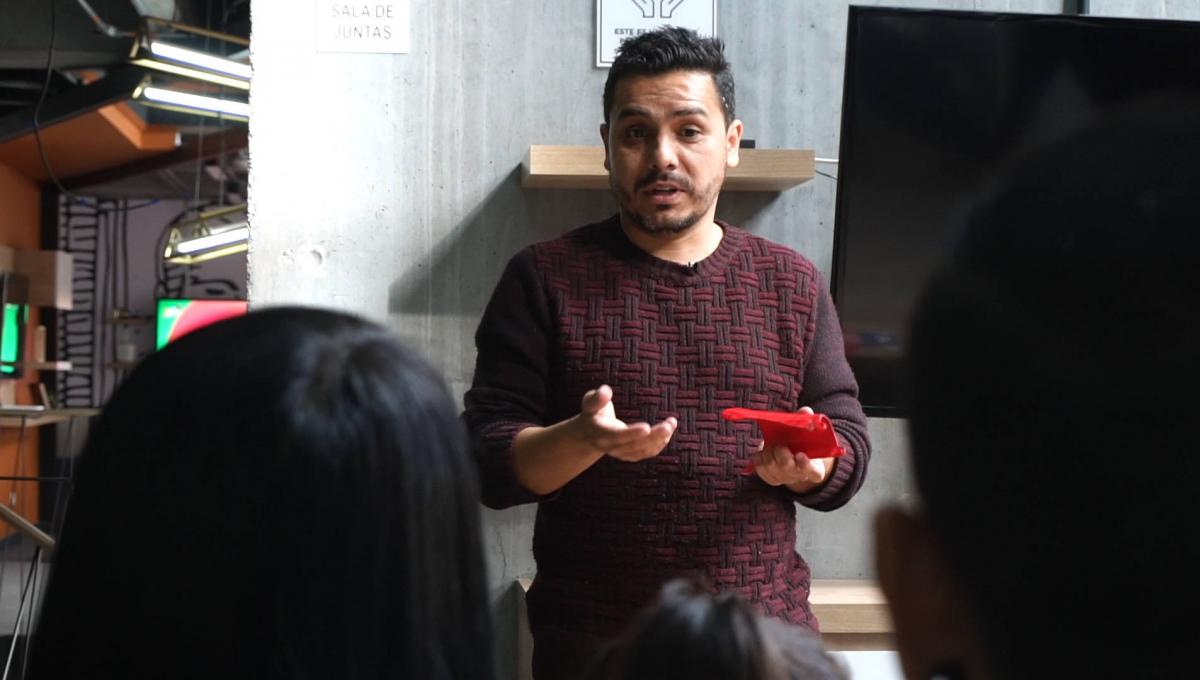
.
What types of projects do you develop at Suyay?
At Suyay we develop all kinds of devices for the service of health. Prostheses, or as we call them, rehabilitation toys, if they are intended for children, or support devices, if they are developed for adults. We also manufacture other devices for other parts of the body such as legs, elbows, as well as masks for burns, among many other solutions.
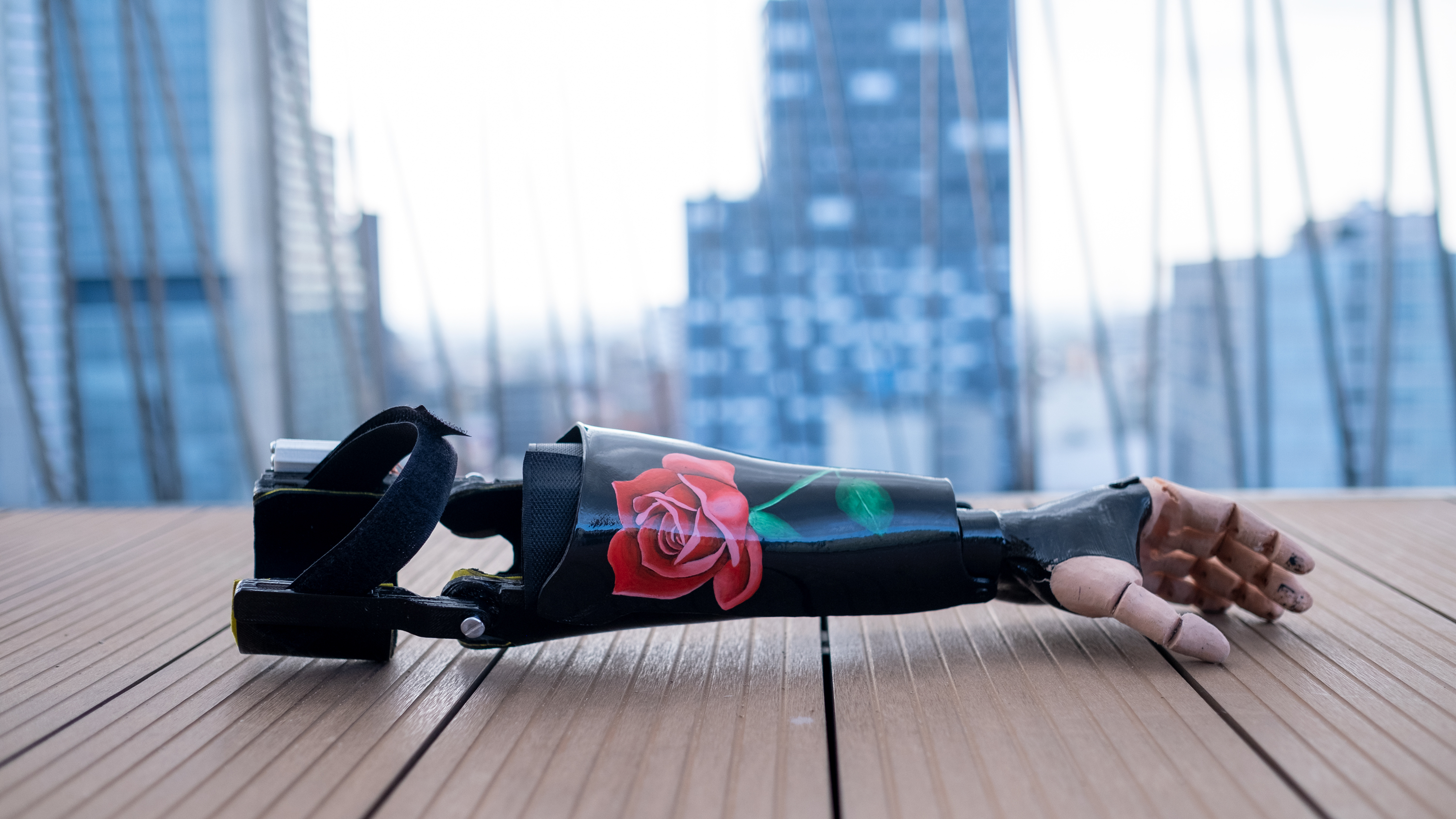
Let's talk about prosthetic arms, your field. They already exist on the market, so what would be your added value?
We manufacture all our devices, as well as these prostheses, with 3D printing technology. It gives us some very important advantages.
What kind of advantages?
A lot! For example, with respect to prosthetic arms, with 3D printing:
- We greatly improve customisation and manufacturing processes. All this through much more organic modelling and better adaptation to the patient.
- We drastically reduced manufacturing times and costs. This is one of the main advantages, as we can help and donate prostheses and devices quickly and without the need to invest a lot of financial resources.
- We can manufacture products and devices that were previously unthinkable.
- We can mould devices with heat to adapt and adjust them over time as children grow. That is possible thanks to the polymers we use.
- We manufacture prostheses of much less weight, between 180 and 500 grams, which is a big difference compared to the weight of conventional prostheses that are around 2 kg.
- You have the design in a digital file, which makes it easy to share it and send it to any part of the world and to help in any corner of the planet.
There are many companies and organizations around the world that manufacture 3D printed prostheses, so what would be your differential value compared to all these projects?
No doubt, the aesthetics of the fingers and the personalisation of the prostheses. We take great care and work hard on these two details. This is what makes our prostheses look nothing like any other prosthesis. Yes, they do the same thing, but there is a differential factor in their functionality.
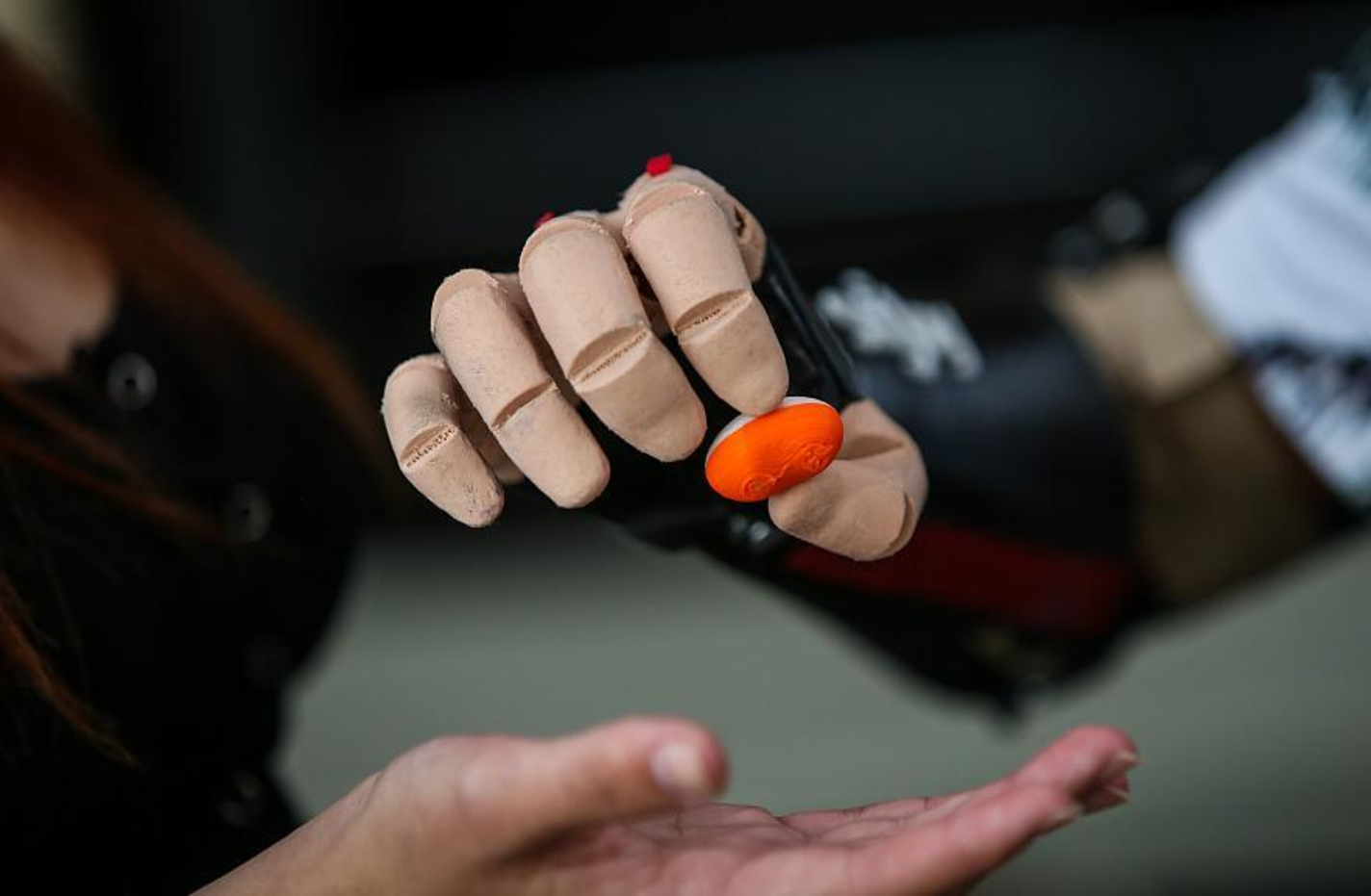
What are the most important aspects to produce a prosthesis and what are the steps you follow to manufacture it?
It is essential to take exact anthropometric measurements. For this we use a 3D scanner and the results are available immediately. It is passed to the software, the gcode files are distributed to each machine and we start printing! We print the fingers with Filaflex 82A on one side and the rigid part of the prosthesis on the other, for which we use two different materials. For children we use PLA, a material that with heat will allow us to adjust and adapt the prosthesis as the child grows, and for adults we use polypropylene or polycarbonate, as it is a much more resistant material than PLA. In addition, one of our added values is the personalisation of the prostheses, which is why we have a plastic artist who is dedicated to special effects and paints the prostheses with special and durable paints with superheroes or with the children's favourite characters. And finally comes the best moment of all, the handing over of the prostheses, which for us is the most special and emotional moment.

There is a slight difference in the manufacture of prostheses for children compared to adults, what is it based on?
Absolutely. The fundamental difference is in the material we use to print the rigid part of the prosthesis. For the children's prostheses we use PLA. Thus, as they grow, this material allows us to enlarge and shrink the prosthesis through heat, so we can extend its useful life until about a year and a half. On the other hand, in the case of adults, the prostheses are permanent, which is why we use a much more resistant material than PLA, such as polypropylene or polycarbonate.
And for the most flexible part, such as the fingers, you use Filaflex. Why did you choose this elastic filament to print the fingers of all the prostheses?
For us the fingers are the most important part of the prosthesis and we use Filaflex for several reasons, including:
- Because it is a material compatible in contact with the skin at cutaneous level.
- It is non-toxic, non-reactive and its texture is soft, similar to skin, which helps to improve the design, aesthetics and functionality of the prosthesis.
- And its 'memory effect', i.e., when the material is flexed, it returns to its place immediately and without altering its shape. This is the concept of 'elasticity'. When the wrist or elbow is bent, the hand relaxes and when I close it, the hand shrinks. All this happens and works perfectly with Filaflex and is essential for our prostheses. In fact, we have tested other flexible materials that are more rigid than Filaflex 82A and they have neither the memory nor the elasticity that Filaflex has. Without it, the child or adult would have to use much more force to close or open the prosthetic hand as it is more rigid.
- It is also a resistant and very durable material. Something very important to take into account for a device that is so exposed and in contact with many things throughout the day, especially in the case of children who do not stand still for a minute.

What are the printing times of a prosthesis?
To print a prosthesis for a 6-year-old boy or girl, it takes about 15 hours, of which 9 hours are the time it takes to print the fingers with Filaflex at 70% fill. For an adult prosthesis, it takes about 25 hours, 15 of which are for printing the fingers.
For an adult prosthesis, it takes about 25 hours, 15 of which are for printing the fingers.
What 3d printer do you use to print the prostheses?
We print the Filaflex fingers with the Prusa and Creality printers, but now I want to buy an Artillery to be able to try lower Filaflex Shores such as the Filaflex 70A and 60A, which you already have available in nude colour.
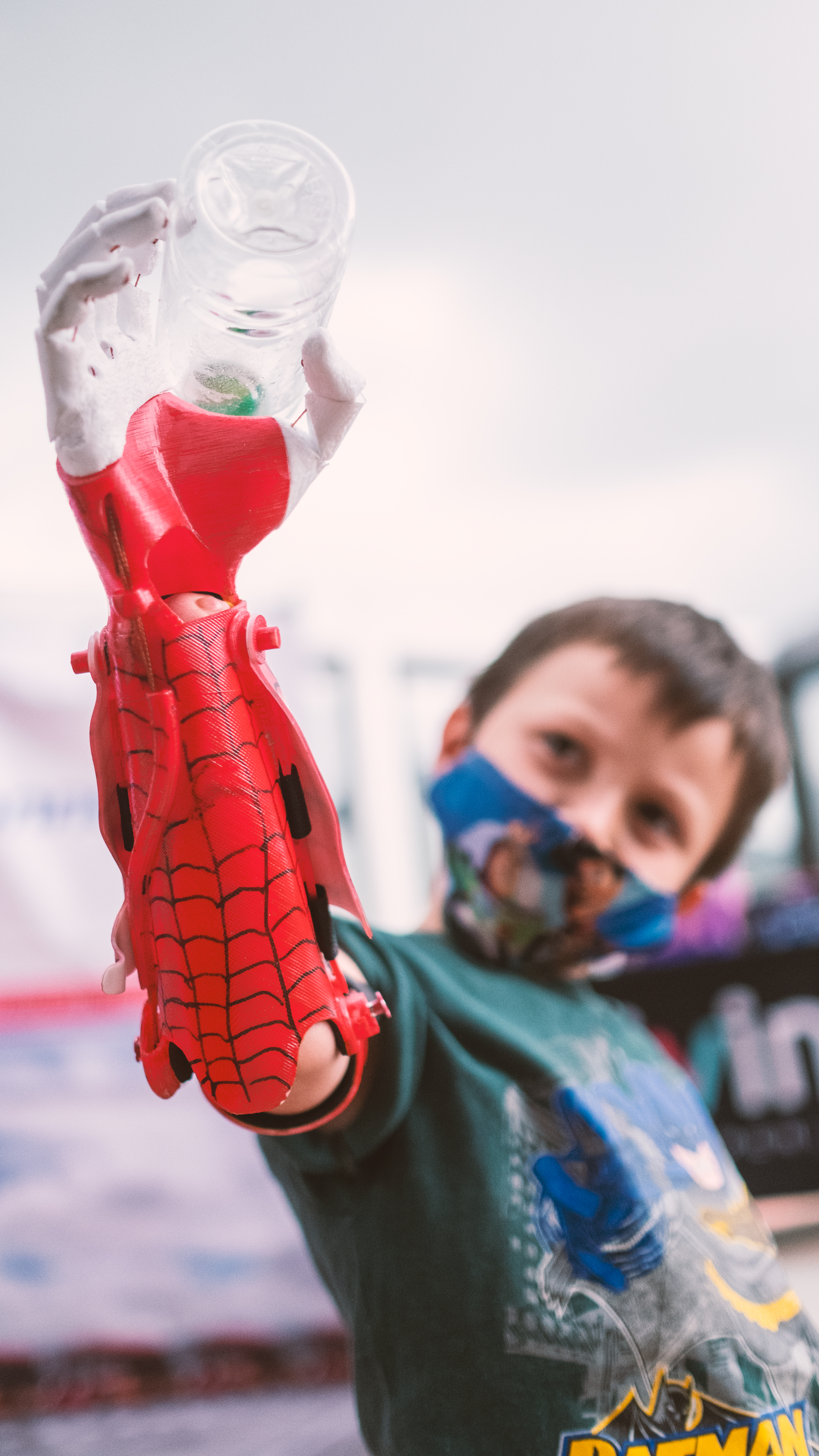
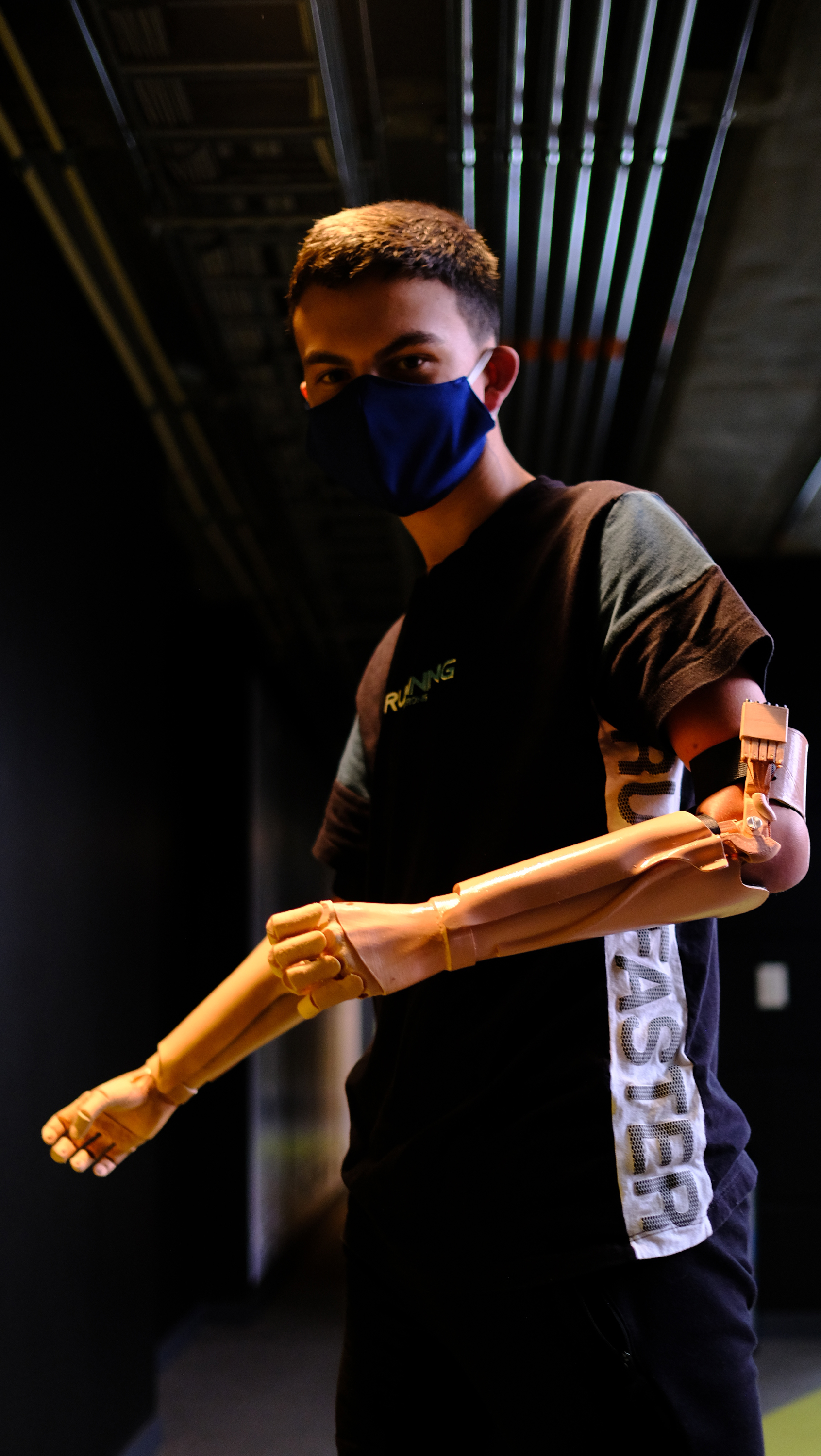
What are the next steps you have in mind?
We want to do material tests with lower Filaflex Shores that you have available to improve the prosthetic fingers and make them softer and more elastic. In this way the action of shrinking and opening the prosthetic hand would be faster and less costly to force. This is important because many children have not done any rehabilitation in the residual limb area and have little or no strength. It is important to have a material that is increasingly soft and similar to human touch and human skin.
But, ultimately, our goal is to be able to develop many more devices for people with some kind of disability, who are the ones who need such unique products and who, curiously, instead of being accessible, are inaccessible and very expensive when the opposite should be the case. But from design, with creativity, ingenuity and 3D printing technology, we have it all. You can make unimaginable things at minimal cost and enable people to have better accessibility, improving their quality of life.
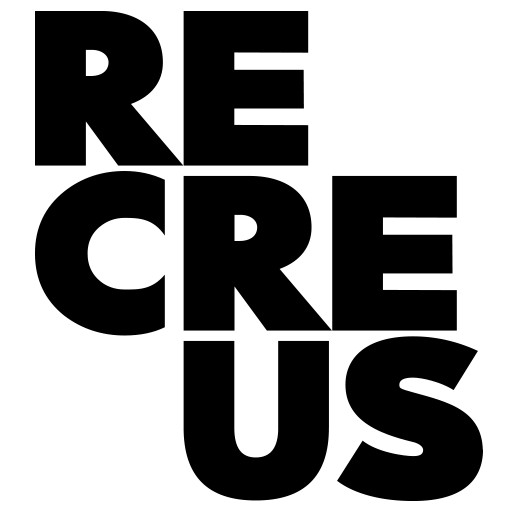
 fr
fr  es
es en
en de
de it
it